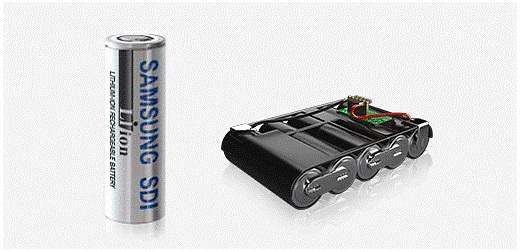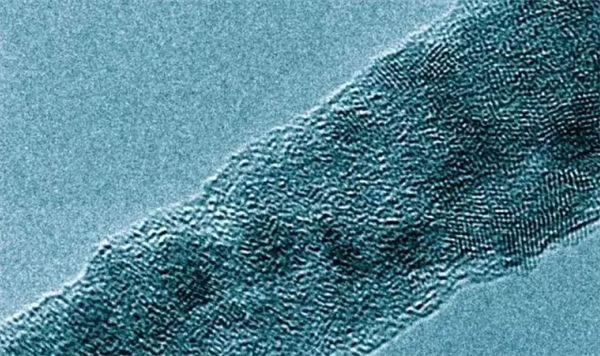Lithium Ion Battery Manufacturing Process Pollution
Jul 27, 2019 Pageview:1599
Lithium-ion battery known as a rechargeable battery and it was first proposed by chemist M Stanley Whittingham in the year 1970s. The use of the lithium-ion battery is for portable electronic devices and electric vehicles. These types of batteries are also getting popularity among military andspecial applications. The battery uses an intercalated compound which is one electrode material when you will compare it with metallic batteries which are a non-rechargeable battery. Lithium-ion batteries have high density in energy and it does not provide any effects to memory with features of low self-discharge. It is also known as the lightest battery with the greatest electrochemical potential. The most beneficial function of the battery is that it was equipped with a negative electrode which provides extraordinary energy. The battery does not have any kind of memory and no need of exercising to keep it in the shape. It helps battery more suited for fuel gauge applications. It makes it perfect for cell phones and digital cameras. The simplicity of the lithium-ion battery and helps in reducing cost over the multi-cell design. It takes many years to develop the lithium-ion battery in an effective manner. The battery offers a variety of advantages and it has reached a maturity level for using at wide ranges.
Raw Materials for lithium-ion batteries
Materials used for Lithium-ion batteries such as:
Cathode Material
The cathode materials have been included with lithium metal oxides such as LiCoO2, LiMn2O4, and LiO2 with vanadium oxides, olivines, and rechargeable lithium oxides. The oxide was also contained nickel and cobalt also known as most suited material for lithium ion battery. It is helpful for providing high stability in the voltage. Manganese present in the battery helps in low-cost substitution with high thermal. Vanadium oxide also has a large capacity and excellent kinetics.
Anode Material
In this material, you will find graphite, silicon, lithium, intermetallics, and lithium alloying material. Lithium material is one of the most straights materials. The carbonaceous anodes are the most anodic materials with low cost and availability. The use of graphite and carbon has been used for increasing capacity and it also makes it costly. With the use of alloy and intermetallic has increased the capacities but also shows dramatic volume.
Electrolytes
Electrolytes are needed for a safe and long lasting battery and with uses of electrolyte battery can stand with high voltage and temperatures. It also helps in providing high mobility to lithium ions. The battery also included with polymer, liquid, and solid-state electrolyte. Liquid electrolytes the best performance and have a low boiling point and its consideration due to thermal stability. Polymer electrolytes are mixed with composites for resistances of higher voltage and also have high viscosity.
Solid electrolytes are crystal and ceramic glasses as it helps in reducing the low temperature. For using solid electrolyte it needs special deposition condition and temperature for obtaining behaviour and makes it in use.
Separators
It works according to the name as it helps in separating the two types of electrodes from each other. This helps in avoiding short circuit and with it also has many other safety features. The first one is a thermal shutdown as it melts pores without losing stability.
Battery manufacturing process
For manufacturing battery, it follows steps such as:
Electrode Coating
In this first anodes and cathode are known as lithium cells and made by the same process. The active electrode materials are coated form both side. The anode is formed by using carbon and cathode form by using lithium metal oxide. With the copper for the anode and aluminum for cathode and they are used directly in the battery.
Cell Assembly
In the first step, separators are equipped in between the anode and cathode. Then Two basic electrodes are used cell according to the shape prismatic cell is used in stacked structure and cylindrical cell in a spiral.
Formation
Once cell gets assembled then the cell is put at least to controlled charge and discharge of the cycle to activate the materials working. At the time of formation data the performances of cell-like impedance, gathered capacity and record of the quality.
Process Control
It is very essential that the battery has equipped with strict control and tight tolerances. It helps in preventing the battery from physical damage, contamination, and burrs on the electrodes. It makes battery safe for use and prevent from dangerous activities which can happen due to high temperature.
Lithium-ion battery manufacturing process pollution and solution
The advanced technology is providing much excitement level but it also creates pollution in the environment which is harmful to the environment.
Exhausting natural resources
The first impact of the battery gets upon nature at the time of mining lithium. For meeting the demands of the people operator is extracting lithium at a high rate which is causing the problem to nature. First, the small stones were crushed and then converted into the battery-grade lithium. But with the impact of more energy will help in mitigated by renewable energy and it will also help in increasing power at the mining operation. The problem of extracting of lithium from mountains and underground is positively affecting the environment. Now people are opting for greener technologies which will help in protecting the environment. The advanced technology is creating special skills and training for producing such type of batteries.
Polluting after effects
The chemical used to extract the lithium from the ground which also affects the rivers located nearby to the location. It also affects the thousands of fishes and cattle living in the river or stream. In the same way, it is affecting the air with the emission of harmful gases.
It can be controlled by the robust river monitoring solution and it also helps in minimizing the risk of outcomes. Now researchers are exploring new and advanced ways for powering the batteries but with fewer effects on the environment. They are also producing a renewable revolution for batteries to cause less harmful effect on the environment.
- Prev Article: Do You Know Who Lithium Ion Battery Inventor Is?
- Next Article: Lithium Polymer Batteries Required
Leave Message
Hottest Categories
-
Hottest Industry News
-
Latest Industry News











